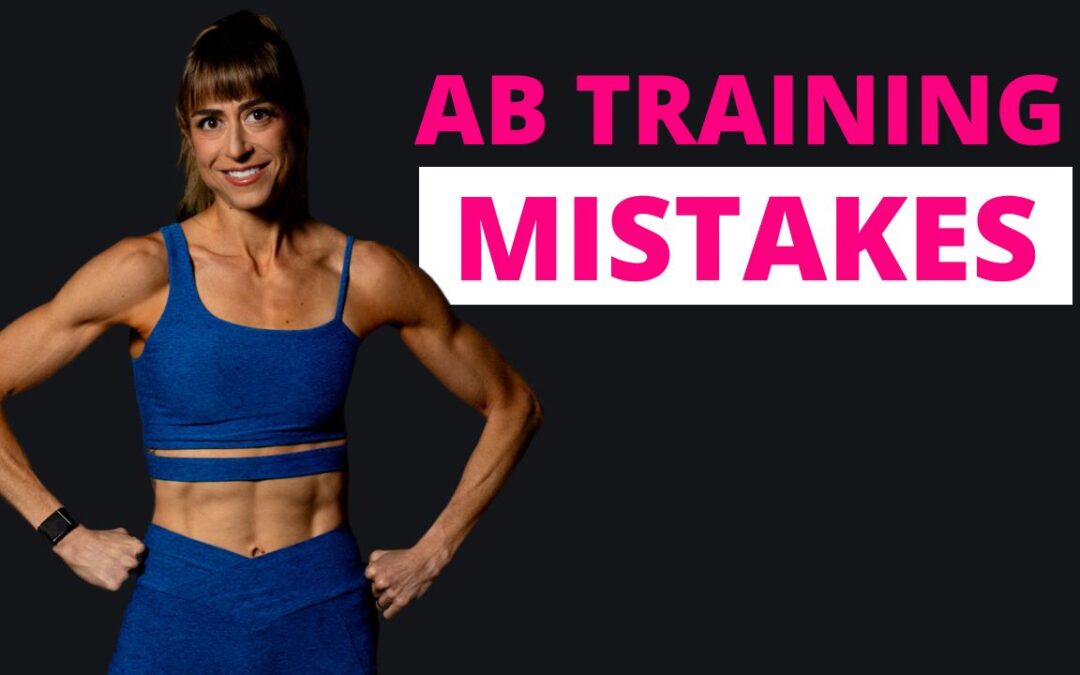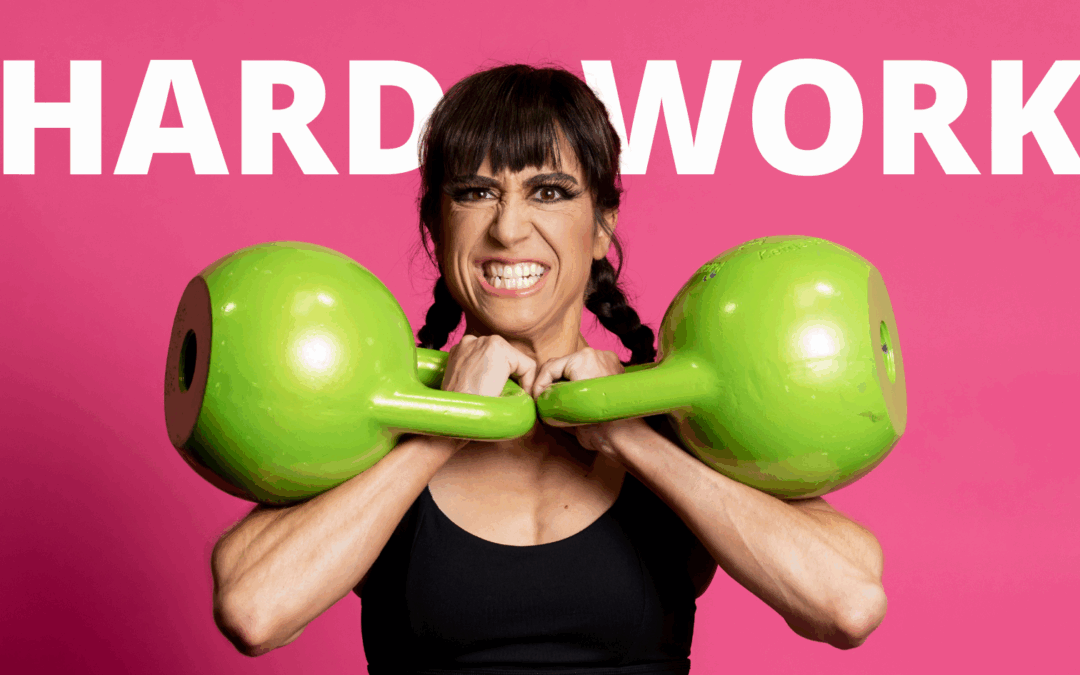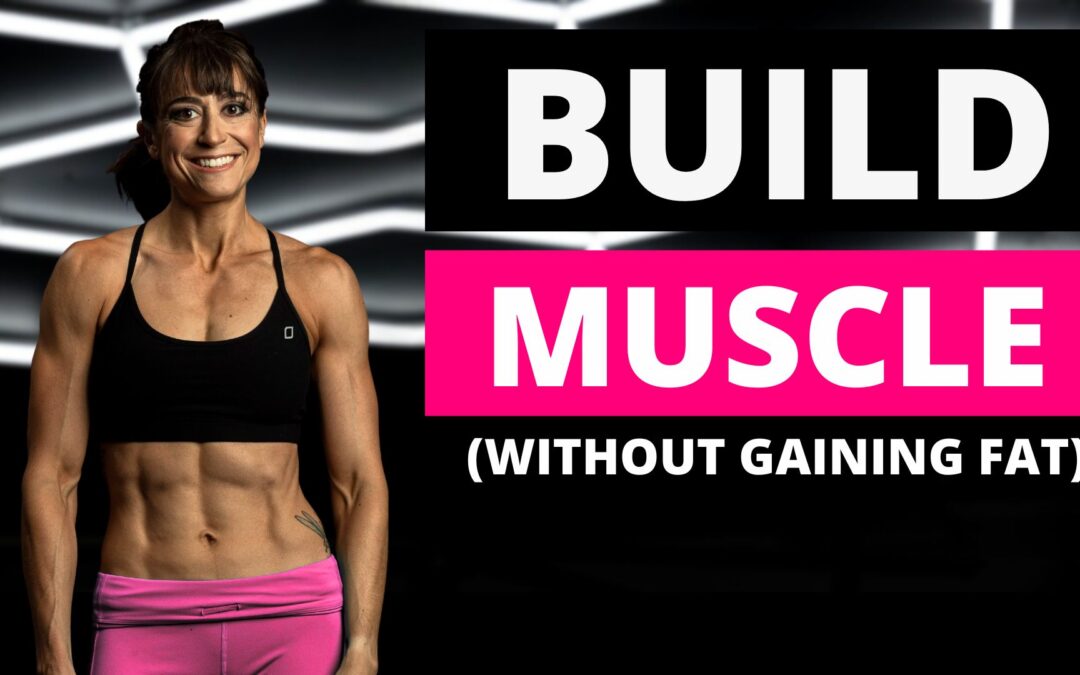
by Cori Lefkowith | May 8, 2025 | podcast
Listen: Change Requires CHANGE If you’re feeling stuck and know deep down that you could be doing better, don’t wait any longer. Your life is not going to change until you take action and make a bold move towards your goals. If you’re ready to take control of your...

by Cori Lefkowith | May 4, 2025 | Blog, Core, Exercises, Pain Relief, Workouts
Feel like your ab workouts aren’t paying off? This video’s your missing link. Because harder moves don’t mean better results. We can be doing all the “right” exercises—and still not see the payoff. Why? Because we’re compensating. Letting our hips or lower back take...

by Cori Lefkowith | May 1, 2025 | podcast
Listen: Change Requires CHANGE If you’re feeling stuck and know deep down that you could be doing better, don’t wait any longer. Your life is not going to change until you take action and make a bold move towards your goals. If you’re ready to take control of your...

by Cori Lefkowith | Apr 27, 2025 | Blog, Diet
Why are you building muscle but not losing fat? The simple answer is you’re rocking those strength workouts pushing hard in the gym but overeating and eating portions not in line with your goals. We think calories surplus to build. So a bigger surplus should help...

by Cori Lefkowith | Apr 24, 2025 | podcast
Listen: Change Requires CHANGE If you’re feeling stuck and know deep down that you could be doing better, don’t wait any longer. Your life is not going to change until you take action and make a bold move towards your goals. If you’re ready to take control of your...






